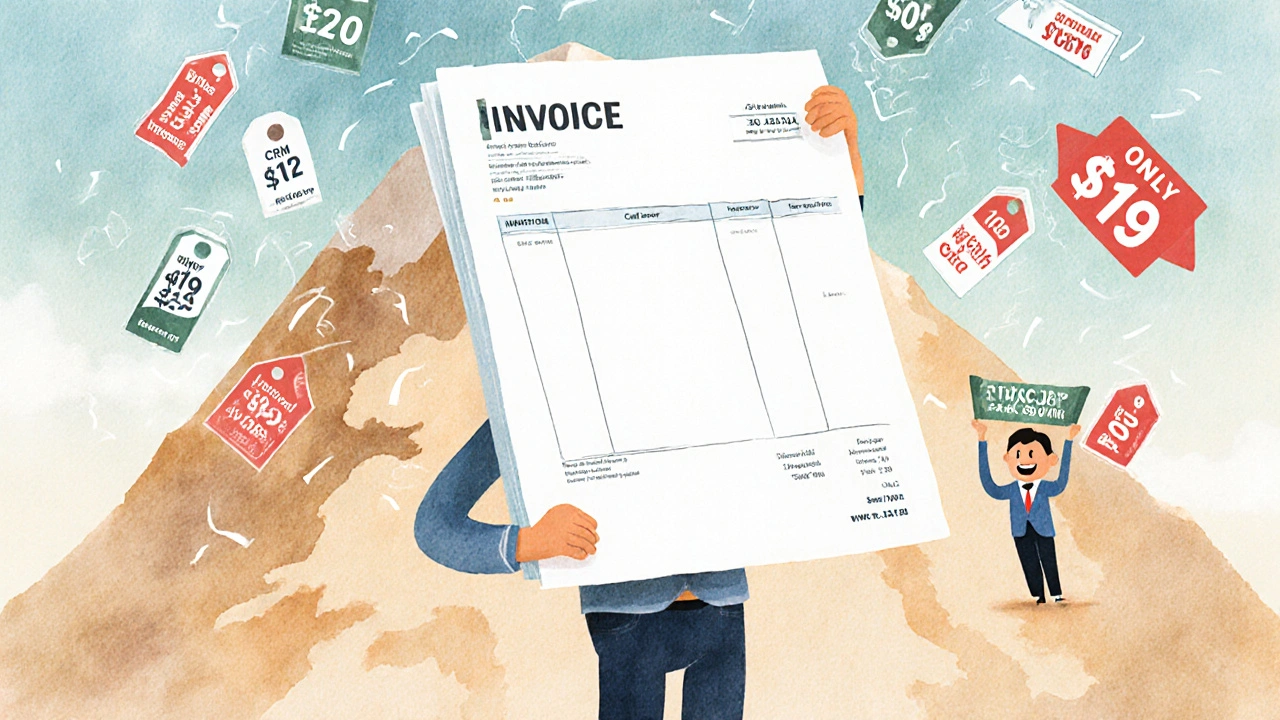VoIP Hidden Fees: What You're Really Paying For
When you switch to VoIP hidden fees, unexpected charges that appear on your VoIP bill after signing up, often buried in fine print. Also known as VoIP billing traps, these are the costs providers don’t tell you about until after you’ve committed. You signed up because they promised $10/month for unlimited calls. But then you got a $45 bill. Why? Because VoIP hidden fees are everywhere—and most users never see them coming.
These fees aren’t always obvious. Some show up as SIP trunking fees, monthly charges for the digital connection that carries your calls over the internet. Others hide as call pricing, per-minute rates for calls to certain countries or mobile numbers, even if you thought your plan was unlimited. Then there are setup fees, number porting costs, taxes disguised as service charges, and even fees for using your own hardware. One business owner we talked to paid $28 a month just for ‘emergency 911 compliance’—a fee his old landline never charged.
Why do providers do this? Because they know most people compare monthly prices, not the full picture. A $5/month difference looks huge. But if one provider adds $12 in hidden fees and the other doesn’t, you’re actually paying more with the cheaper-looking plan. The trick is knowing what to ask: Does this include toll-free numbers? Are there extra charges for international calling? Is there a fee if I add a second user? What about fax lines or voicemail transcription? If they can’t answer clearly, they’re hiding something.
And it’s not just small businesses. Even home users get hit. You think you’re saving on international calls to family overseas—until you get charged $0.25 per minute to call your cousin in Mexico. Or you get billed for ‘caller ID delivery’ or ‘call waiting activation.’ These aren’t features. They’re revenue streams disguised as services.
The good news? You don’t have to accept it. The posts below show real cases—how one church avoided $300/month in fake taxes, how a remote team cut their bill by 60% after spotting a hidden per-minute fee, and how a startup saved thousands by switching providers after finding a $15/month ‘bandwidth surcharge’ they never agreed to. You’ll learn how to read a VoIP invoice like a pro, what line items to question, and which providers are transparent about pricing.
Stop guessing what’s on your bill. The next time you get a VoIP statement, open it like a contract—not a receipt. You’ll be shocked at what you find.
